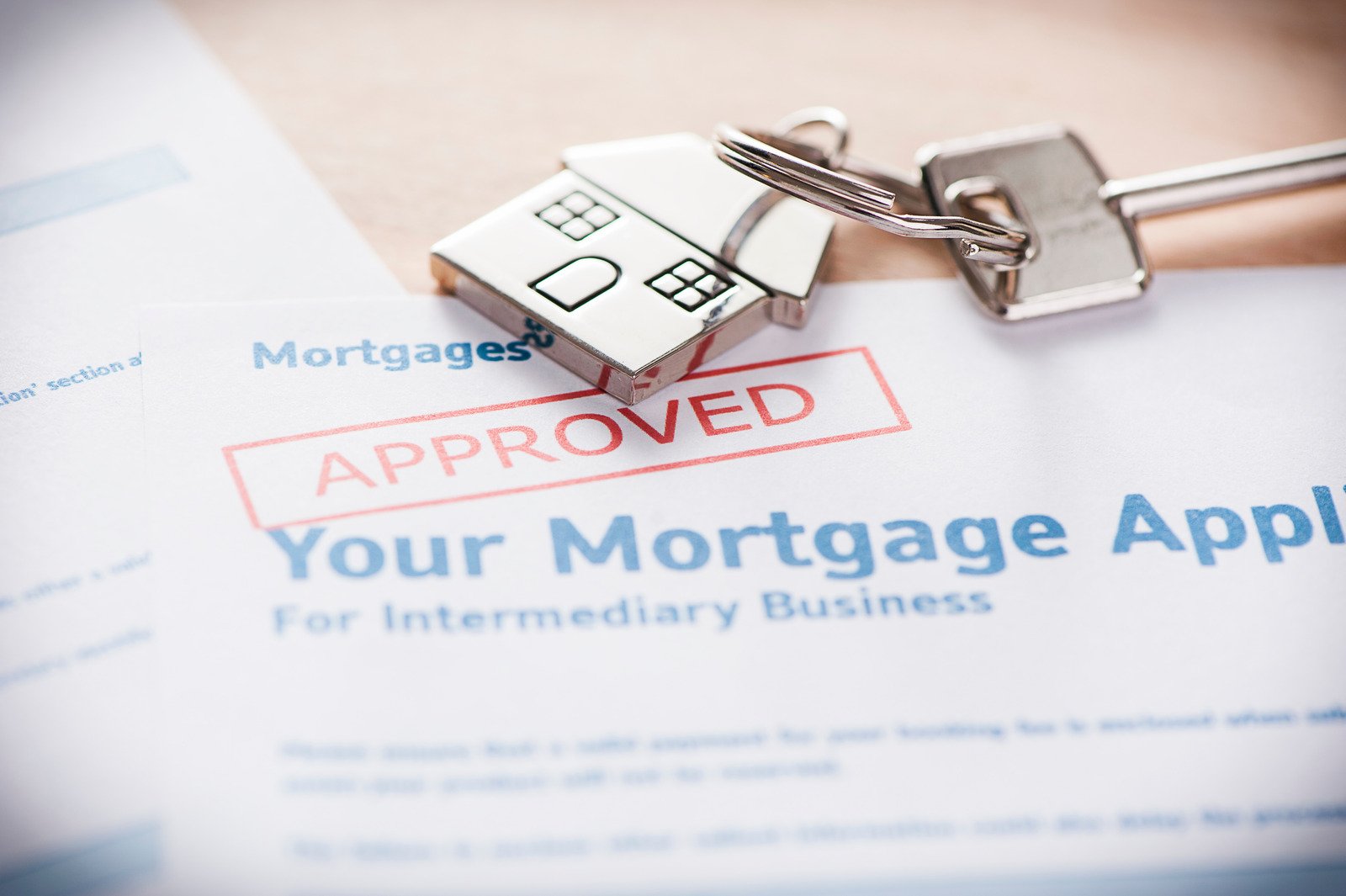Buying a home is exciting, especially if you are a first time home buyer. But it can also be stressful and overwhelming. There are many important details to remember and if any are missed or forgotten, you could get delayed in the homebuying process.
Want to know a secret? By following a home purchase checklist, you can avoid some stress and frustration. An organized checklist will help you understand what you need to get through the process as quickly as possible. This article will help you create a step-by-step home purchase checklist as well as helping you stay organized. So keep reading, especially if you are a first time home buyer.
Table of Contents
1. Check Your Finances
Let me say this straight: purchasing a home is one of the most important financial decisions you may ever make. Therefore, it is important to make sure that your financial situation is solid before going through the process. Checking your finances helps you set your budget for a home purchase and limit your home search accordingly. This will also help your real estate agent to find houses that you can afford.
Moreover, you cannot take out a mortgage if you are not able to prove to the lender that you are in a solid financial situation. Your debt to income (DTI) ratio is an important factor that shows your financial ability to the lender. Typically, the maximum DTI ratio a borrower can have and still get approved for a mortgage is 43%. Therefore, you must calculate your DTI and ensure it is lower than 43%. If not, pay off your debts or increase your income to keep your DTI under this amount. [ Click HERE ]
2. Check Your Credit Score
When it comes to getting a mortgage, your credit score plays an important role. It determines whether you are eligible for a mortgage and, if so, what the interest rate will be. Most mortgages require a credit score of 620 or higher. As a result, you must check your credit score and ensure it is high enough. If not, get a copy of your credit report from the credit bureaus and clean it up if necessary. Try to take any steps you can to improve your score. The truth is you will get a lower mortgage interest rate with a higher credit score.
3. Determine Your Down Payment
After you figure out how much house you can afford, you should determine how much you have for a down payment. The required down payment varies for different mortgage types. Typically the down payment is between 5 to 6% of the home purchase price, but it can be as high as 20 %. The more you put down, the more equity you will have in your new house.
Keep in mind that in addition to the down payment, you must have money for the closing costs. It is also a good idea to have money put aside for possible repairs that your future home might need. In other words, it is not a good idea to put all your available money toward the down payment.
4. Gather Your Documents
I know this step might seem easy and obvious but there are many different documents required to get a mortgage. To avoid wasting time during the mortgage process, it is a good idea to have all the necessary documents on hand. Click here to view a list of necessary documents.
5. Find a Lender and Get a Pre-Approval
After you have prepared all your documents, start searching for a lender. Make sure to find an experienced lender who can explain all the steps of the mortgage process. Then consider getting pre-approval from that lender. Usually, it takes a few days for a pre-approval to be issued if you have all the required documents beforehand. Finding a house will be easier if you have a pre-approval to show that you have the funds required to purchase the property.

6. Hire a Real Estate Agent
Although it is possible to find a house yourself and not spend money on a Real Estate Agent, we highly recommend letting a Real Estate Agent do this for you. Hiring a Real Estate Agent is one of the best decisions a first time home buyer will make. Agents have knowledge of the housing market and experience in researching properties. Therefore, they can help you to find your desired house at a fair price.
7. Start Searching for a House
Finally, you are ready for the fun part of your home purchase checklist: searching for houses. Make a wish list and give it to your agent so that they know what to look for regarding your budget and preferences. Include everything you want in your future home, for example, your desired neighborhood, the number of bedrooms and bathrooms, and the style house, just to name a few.
8. Make an Offer on a Property
When you find your perfect home, make an offer with the help of your Real Estate Agent. Then wait for the seller to either reject or accept your offer. If your offer is accepted, then follow the next steps. If not, depending on why the seller rejected your offer, you might counteroffer or withdraw your offer. If the seller counters, discuss your options with your Real Estate Agent before deciding whether to accept or submit a counteroffer of your own.
9. Get Final Approval on Your Mortgage
Once you have an accepted offer, you can start the formal mortgage application process. You have two options: stick with the lender who preapproved you or look for a new one. After submitting your mortgage application, it will move into underwriting. The lender will ultimately decide whether to grant you the loan during this step. Even if you have been pre-approved for a loan, the loan officer will likely need more information as the underwriting process develops.

10. Conduct a Home Inspection
The next step is scheduling a home inspection. Although a home inspection is not necessary, it is strongly recommended because it can help you spot any hidden issues that could result in extra costs and decrease the value of your house in the future.
The inspector checks the home’s electrical and mechanical systems and looks for any signs of mold. Moreover, a home inspection ensures that the structure is safe and up to code. The inspector will then provide you with a detailed report of the home inspection..
11. Conduct a Home Appraisal
Contrary to the home inspection, the home appraisal is required. Your lender asks for a home appraisal to make sure that the home value is consistent with the loan amount. The value of your home is determined by its general condition as well as the market value of nearby similar houses.
If your offer was higher than the appraisal result, first, you could ask for a new appraisal. If this does not help, consider making a bigger down payment thus lowering the mortgage amount or negotiate with the seller to lower the purchase price. If none of the above options work, you should cancel the sale and find another property.
12. Close On the House
By now, you have a good idea of how to move forward with the process of getting a mortgage and buying your home. The last step to becoming a homeowner is to close on the house. Closing entails signing all required documents for your mortgage.
Your mortgage lender will give you a document called a Closing Disclosure at least 3 days prior to your closing date. The final terms of your mortgage loan, the amount of closing costs you must pay, and your interest rate are all included in this document. It is vital to read and understand your Closing Disclosure and sign it. Once your lender is certain everything is in order, they will schedule a Closing or Settlement. You will be a homeowner once you sign all of the paperwork at settlement.
Are You Ready to Get Started?
Getting a mortgage as a first time home buyer can be extremely daunting. But, having a home purchase checklist can be very helpful during this process. Although your needs may differ from those of the next person, the items on this list are a good starting point. Remember that this should be fun, not stressful. Go into it with an open mind, and take things one step at a time.
However, you can always get help from professionals if you are looking to own a home, especially if you are a first time home buyer. The Mortgage Ready Program team of experts is here to help. We are with you step by step on your home buying journey.
Did you know you can be a homeowner even if you have a low credit score? The Mortgage Ready Program can help repair your credit, find a lender that works for you, and walk you through all the steps of getting a mortgage and finding a house.
If you are thinking of buying a house that needs renovation or restoration, we can get the job done for you with the help of Matrix Company Solutions Corp. You may qualify for a 203(k) Loan which allows you to buy a house and finance the renovations and repairs as part of your mortgage. Do not hesitate to contact us if you have any questions. For more information, sign up here.






0 Comments